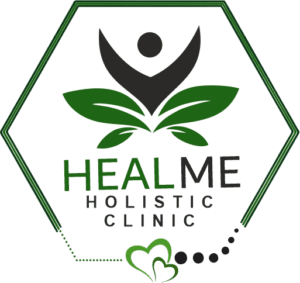CERVICAL SPONDYLOSIS
INTRODUCTION:
Age-related wear and tear in the cervical spine (neck), which can cause neck discomfort, stiffness, and other symptoms, is referred to as cervical spondylosis. This disease is occasionally referred to as neck osteoarthritis or arthritis.
Who has the highest chance of developing cervical spondylosis?
- A risk factor for cervical spondylosis is getting older. In addition to your age, the following factors increase your risk of developing neck discomfort or other cervical spondylosis symptoms:
- Frequently smoke cigarettes.
- Have one or more family members that suffer from this illness.
- Strain your neck frequently while performing your profession, such as when you spend a lot of time each day gazing overhead (for example, painters) or downward (for plumbers or flooring installers), or when you keep your head in an incorrect position for an extended period of time (for example, staring at a computer screen that is too high or low).
- Possess a history of neck injuries, perhaps from auto accidents.
- Lift things a lot like construction workers.
are frequently subjected.
SYMPTOMS:
Cervical spondylosis symptoms can include:
- neck discomfort that could spread to your shoulders or arms
- Headaches
- whenever you move your neck, it hurts.
- Your arms and legs are weak.
- Your hands, arms, or shoulders become numb
- tension in the neck
- difficulty maintaining balance
- Having issues with bowel or bladder control.
PREVENTION:
Although cervical spondylosis may not be preventable, taking the following precautions may lessen your risk:
- Continue to be active.
- Use good posture.
- When exercising or playing sports, always use the appropriate clothing and form to avoid neck injuries.
- Avoid neck injuries.
TREATMENT:
AYURVEDA
Triphala: To start with, there is Triphala, which is an ayurvedic herb. Mix some milk with some Triphala powder and drink it. Make sure the milk is warm because if it isn’t, Triphala might not have the desired effect.
Guggulu: Simbananda Guggulu, an Ayurvedic treatment for cervical spondylosis, is an extract of the Guggulu plant’s resin.
Aloe vera: There are several reasons why aloe vera, also known as Kumari Saar is regarded as a miracle plant, including the ones listed below. One of the reasons is surely the potential of its juice to help with treating cervical spondylosis.
ACUPRESSURE FOR CERVICAL:
- Press the thumb bone rapidly over the palm for one minute
- Press the second finger after the thumb, ie the ring finger for one minute
- Press the gap between the middle finger and the ring finger
- Press the bone of the biggest toe and the second toe
- Press the bone of the fourth toe rapidly for one minute. This will give you immediate relief from pain.
- Rapidly press the bones of the shoulders
- Pressing the spinal cord from top to bottom will also help.
PHYSIOTHERAPY:
Stretching, strengthening, and straightening exercises: help to strengthen the muscle in your neck.
Neck traction: Neck traction refers to pulling your head back to stretch out your spine. This method is intended to facilitate movement and reduce discomfort
Cervical collars and pillows: Neck pillows or cervical pillows, are made to keep your neck steady while you sleep.
